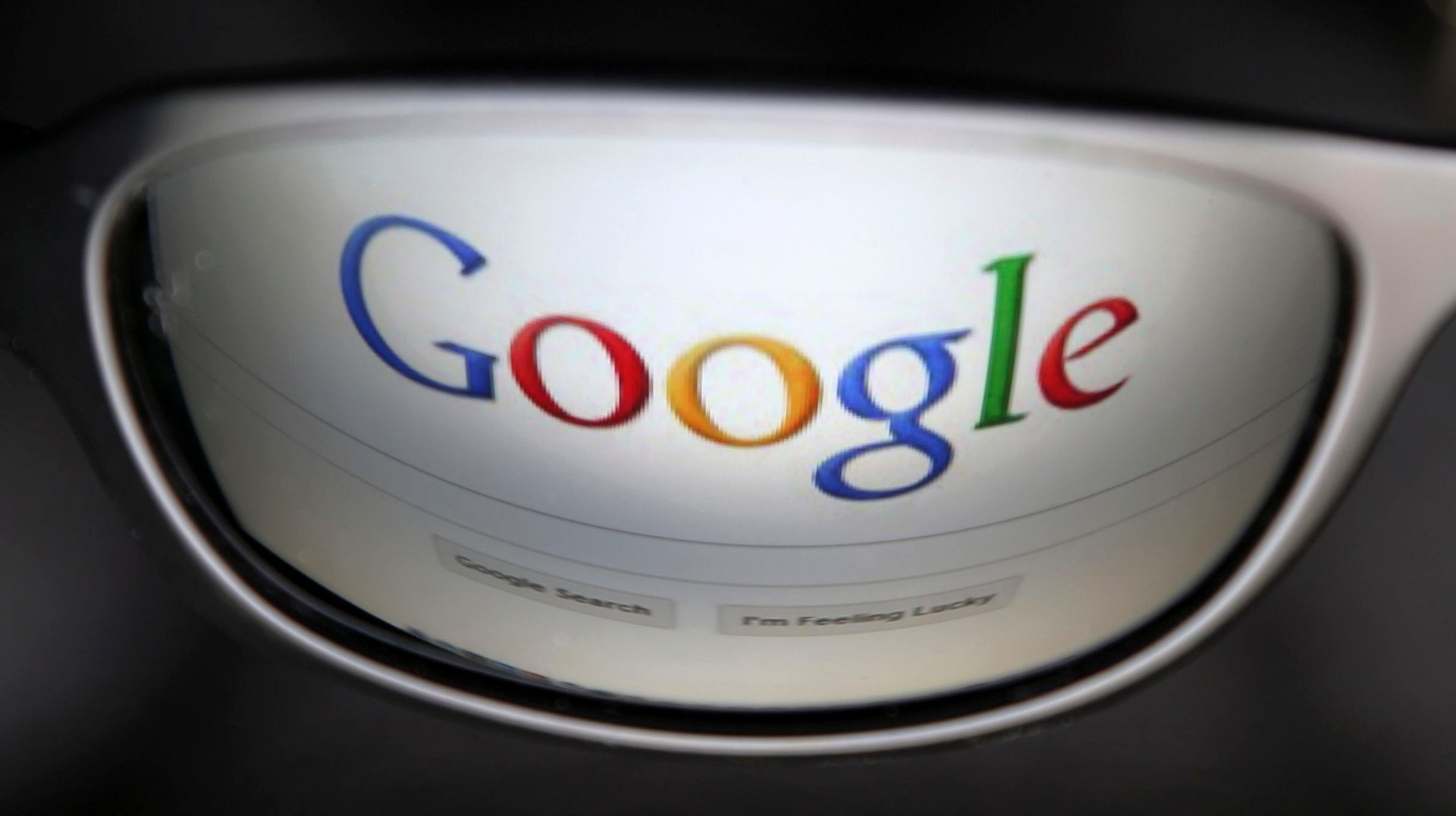Google admits that advertisers wasted their money on more than half of internet ads
Online advertising is a fickle thing. It accounts for 20% of the ad industry’s total spending, and over 90% of revenue for the internet giants Google and Facebook. That said, no one seems to have any idea whether it actually works.


Online advertising is a fickle thing. It accounts for 20% of the ad industry’s total spending, and over 90% of revenue for the internet giants Google and Facebook. That said, no one seems to have any idea whether it actually works.
That uncertainty reached a new high this week, as Google announced that 56.1% of ads served on the internet are never even “in view”—defined as being on screen for one second or more. That’s a huge number of “impressions” that cost money for advertisers, but are as pointless as a television playing to an empty room.
This is not a big revelation. The web metrics company ComScore reported last year that 46% of online ads are never seen. Spider.io, an ad fraud company acquired by Google in February, has pointed out that a large portion of ads are “viewed” only by robots, revealing that one botnet of 120,000 virus-infected computers viewed ads billions of times, running up the tab for advertisers without offering them the human eyeballs they sought.
Still, the acknowledgement by a heavyweight such as Google that ad viewability is a problem could shake up the industry by delaying possible IPOs of ad companies and requiring new ways for advertisers to gauge the effectiveness of their ads.
The nineteenth-century retailer John Wanamaker famously said, “Half the money I spend on advertising is wasted. The trouble is I don’t know which half.” In this case, it’s the obviously the half that pays for ads which are never seen, and now advertisers are looking for new tools to figure out which those are.
It’s worth noting that Google made this acknowledgement of the deficiency of the model it has profited richly from while also offering a new model to advertisers: In July it introduced its Active View product, which measures only viewed ads.